|
|
|
|
Edge-preserving smoothing for segmentation of seismic images |
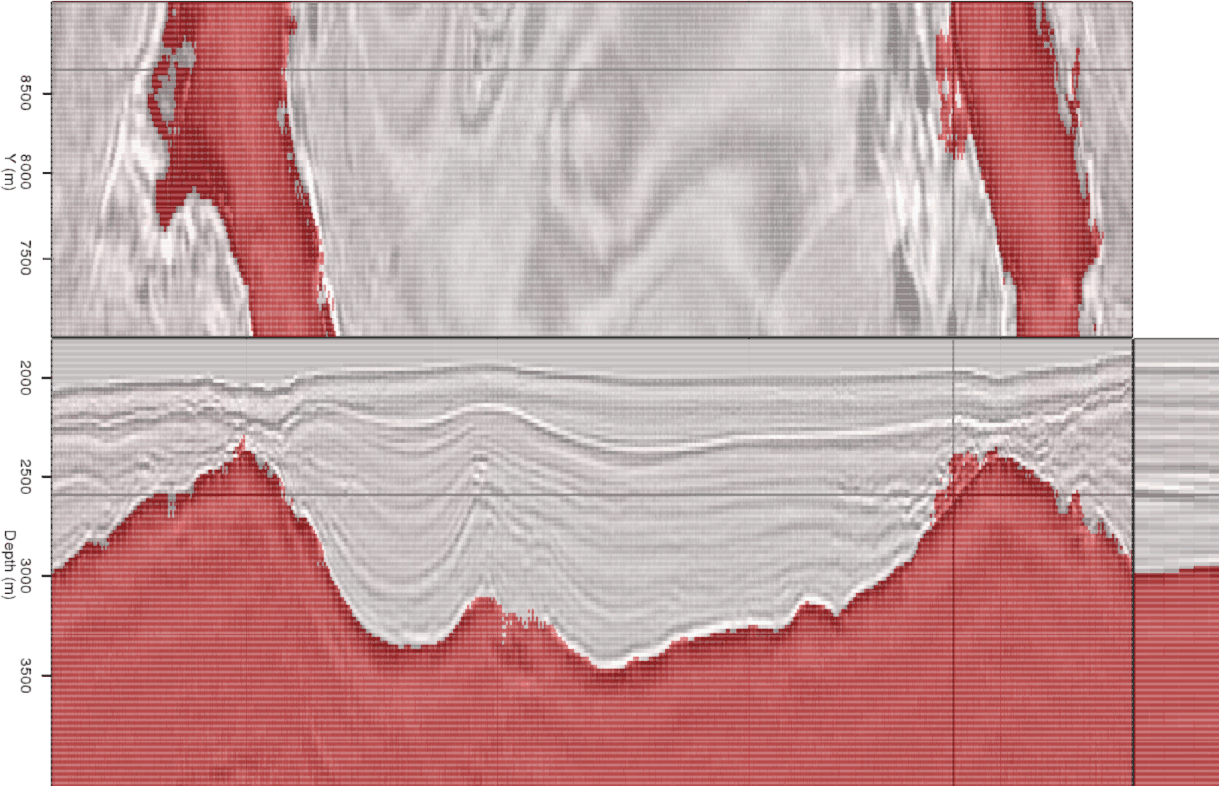
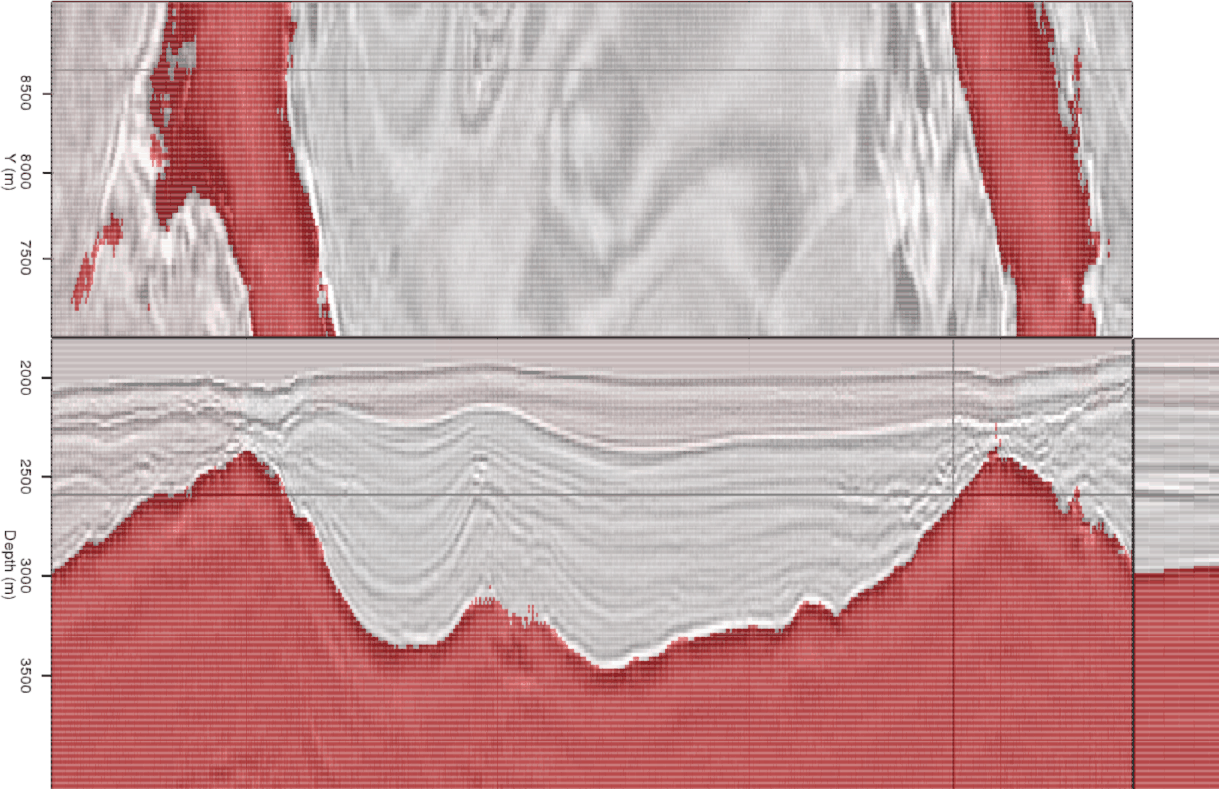
|
|---|
|
seg-orig,seg-mhn
Figure 10. Automatic image segmentation results when using (a) the original, unfiltered image in Figure 6, and the MH-smoothed image in Figure 9(d). |
|
|
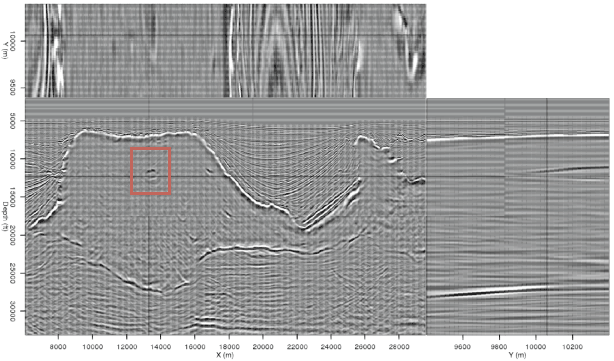
|
|---|
|
oct-full
Figure 11. Another image from the Gulf of Mexico featuring an inclusion within the salt body. Further examples will be shown from the indicated area. |
|
|
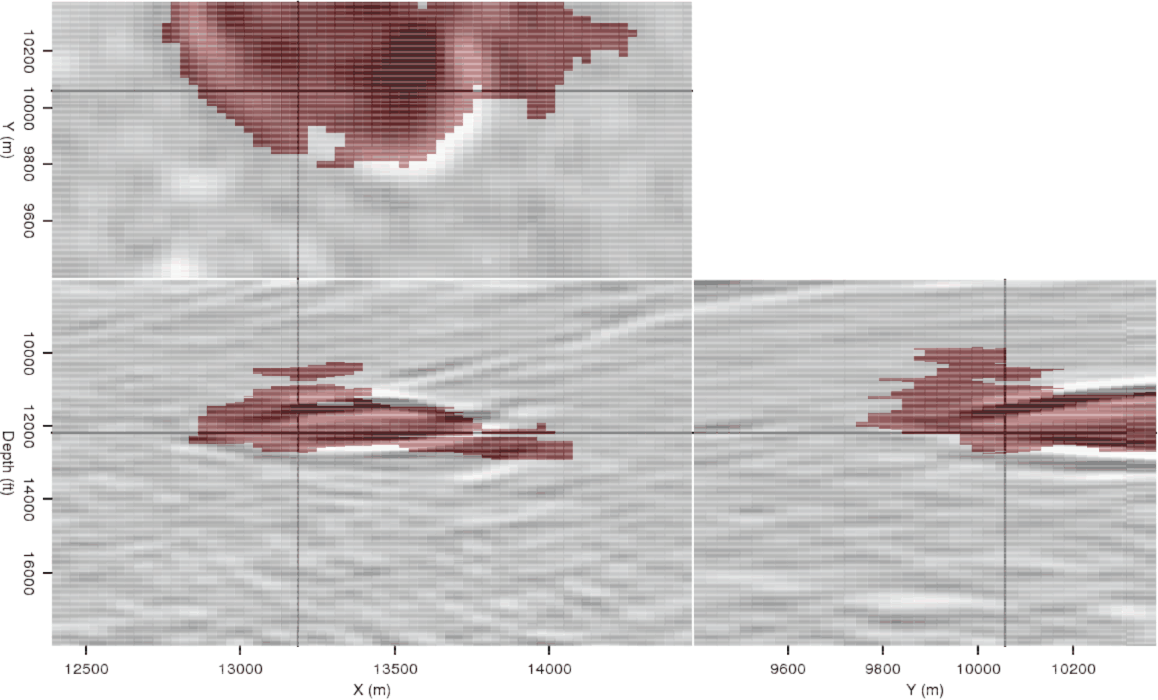
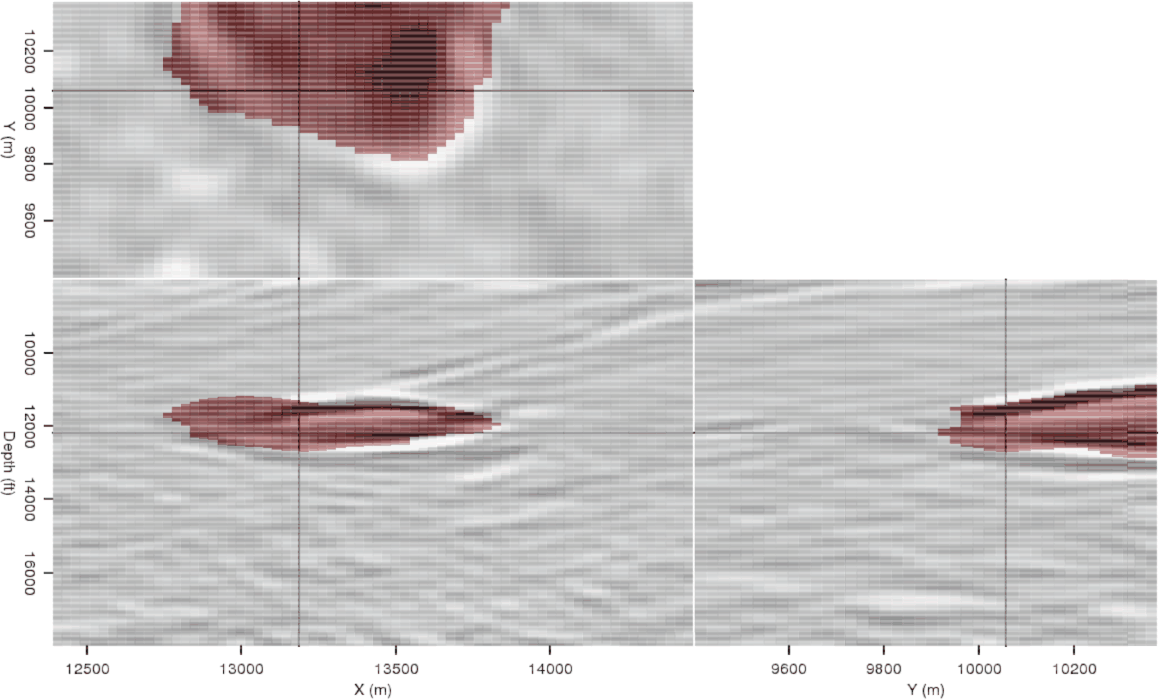
|
|---|
|
oct-orig-seg,oct-smth-seg
Figure 12. Automatic segmentation results using (a) the original, unfiltered image and (b) an MH-smoothed image. |
|
|
|
|
|
|
Edge-preserving smoothing for segmentation of seismic images |